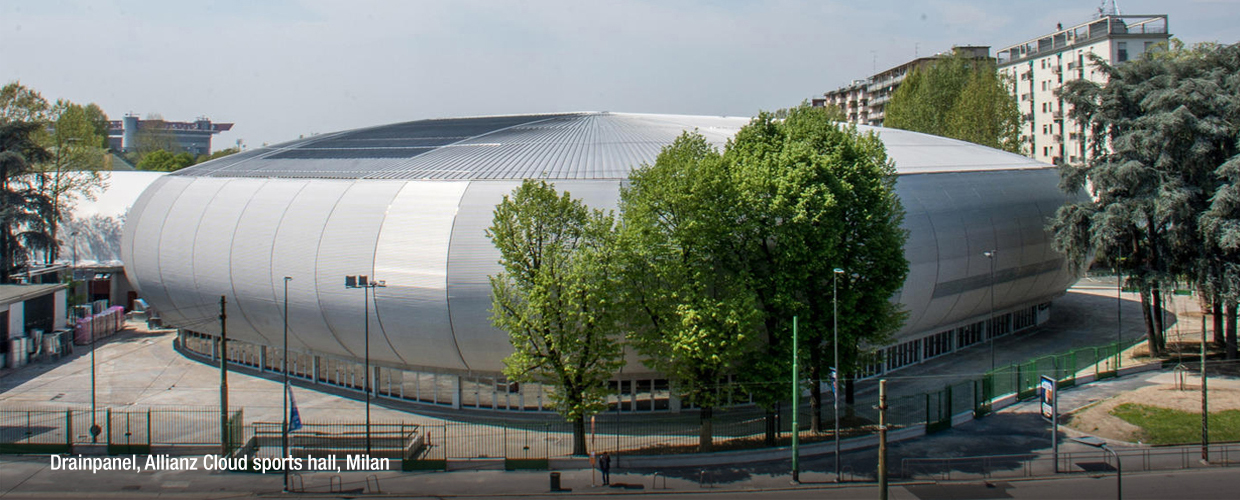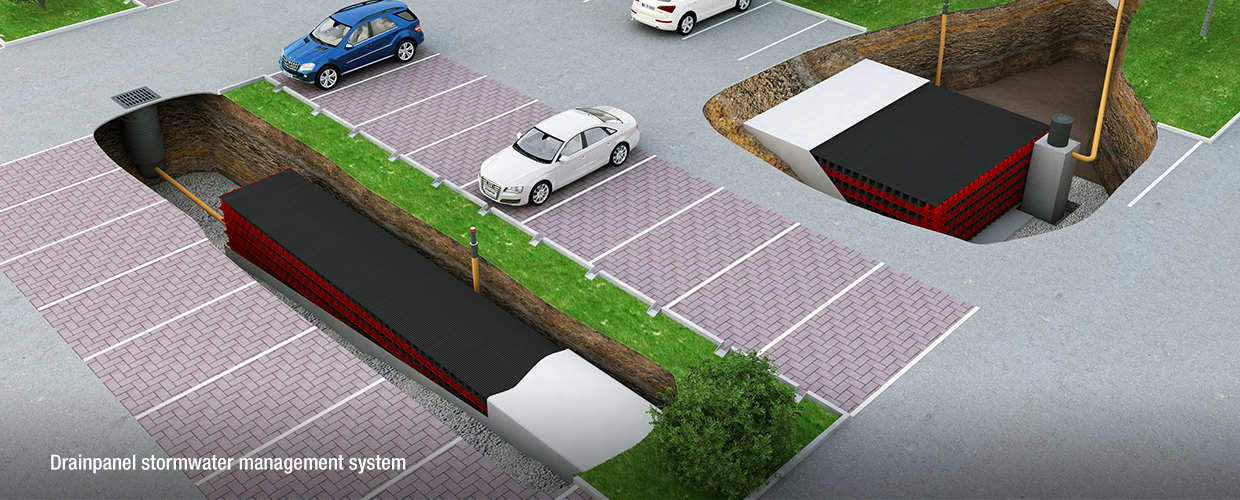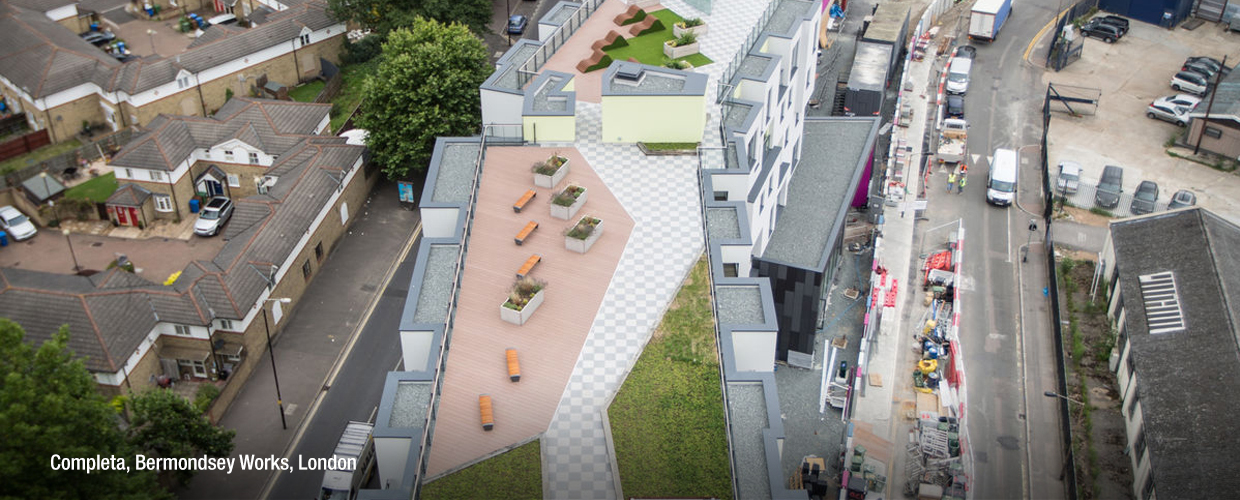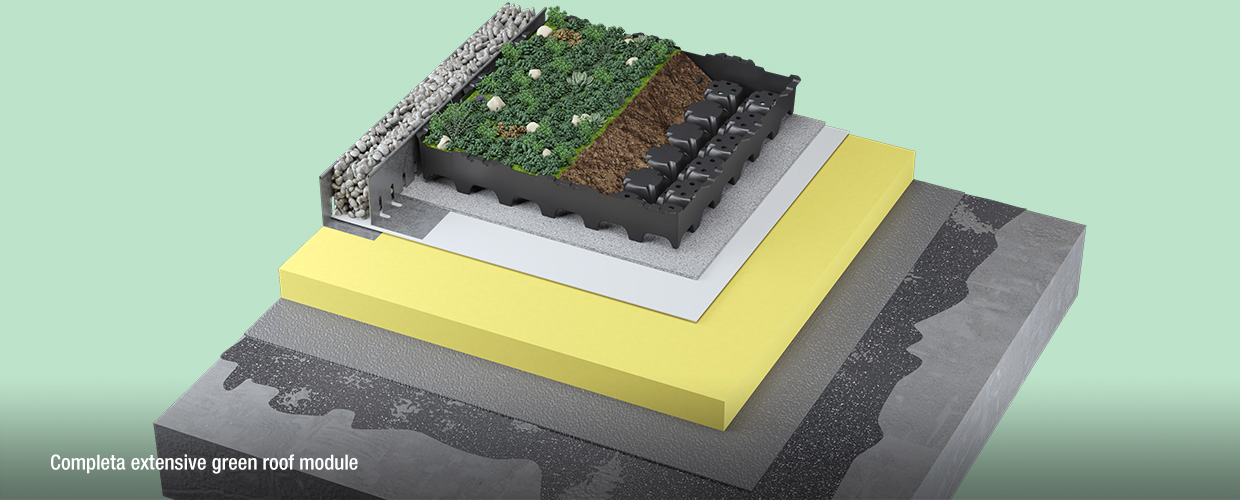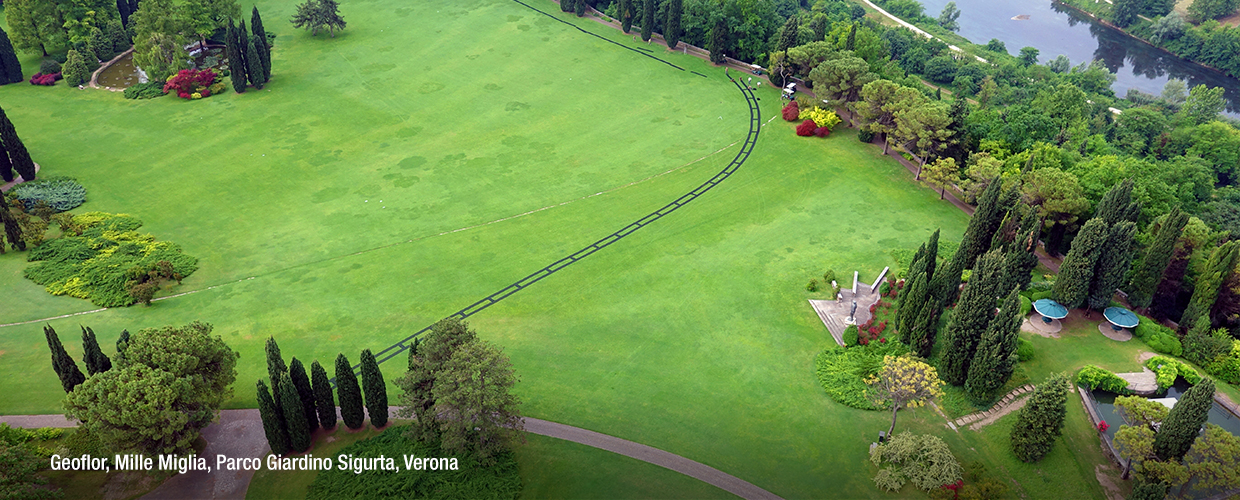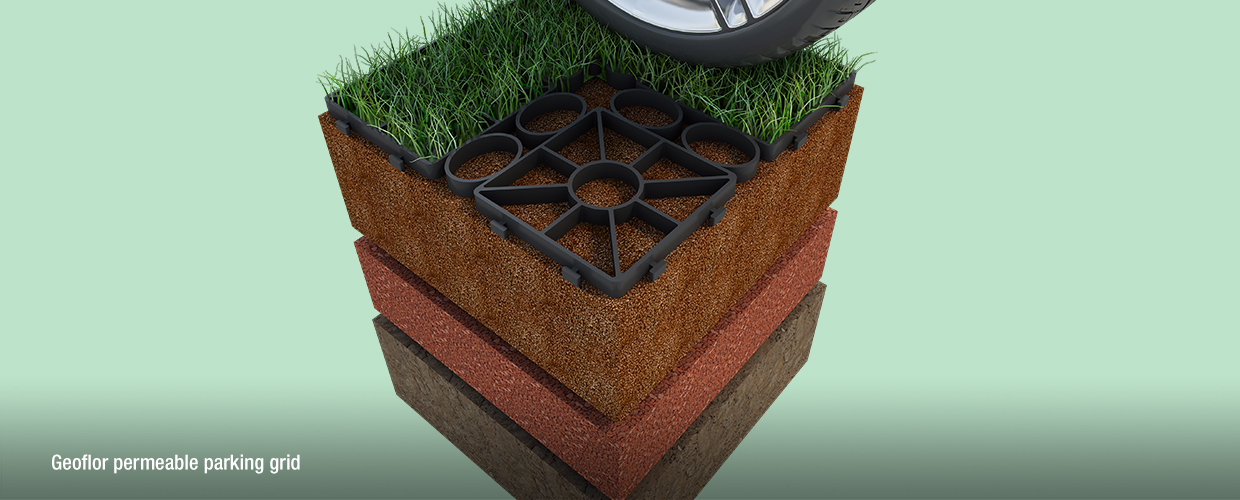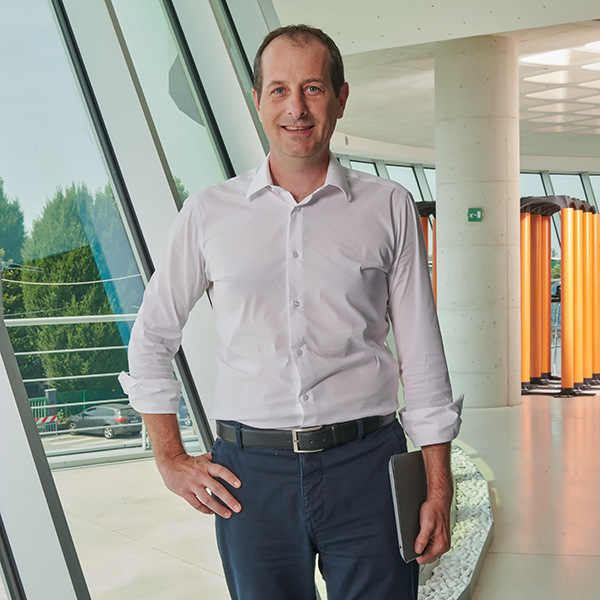How can architects improve urban resilience to the climate crisis?
8 September 2021
Extreme weather events caused by global warming are increasing in frequency and intensity, making resilience improvements urgent in urban areas. Between net-zero challenges and the inert building industry, architects are in the hotspot of finding effective and sustainable solutions for their projects.
We have engineered a range of solutions to help the architects build more resilient cities, and they are ready to be used as early as tomorrow:
Improving surface permeability with grass and gravel
One of the biggest problems of city growth is impervious asphalt surfaces intensifying the already critical issues of flooding and urban heat islands. Using grass and gravel whenever possible is paramount for improving the natural drainage of the soil in urban environments.
Geoplast has developed several recycled plastic flooring systems such as Geoflor, Geograss, Runfloor, Salvaverde, and Geogravel that architects can use to convert the existing or create new permeable areas for pedestrian and vehicle access in a matter of hours.
Mitigating floods with efficient stormwater management
Projects that rely solely on the old city sewers for stormwater management are no longer a viable option. Recent flooding events have urged the need for more efficient and sustainable solutions able to enhance the existing sewer systems or function independently of them.
Underground basins created with Aquabox, New Elevetor Tank, Drening, and Drainpanel, along with the surface drainage systems such as Geocell, are designed to successfully manage the rainwater influx under buildings and paved areas, and enable water harvesting for irrigation, household purposes, or fire protection.
Reducing urban heat islands with green roofs and walls
Green walls and roofs act as a natural thermal shield able to reduce the building’s energy requirements by 43 %. If applied to each new project, they can also lower the temperature of local neighborhoods, reducing the effect of the urban heat island.
Wall-Y is designed for creating green walls, while Drainroof and Completa are used for growing extensive or intensive roof gardens. Each is well suited for city conditions in terms of technical, maintenance, and aesthetic requirements, enabling a more resilient energy and temperature management.
Contact us to learn how to improve urban resilience with your next project.
